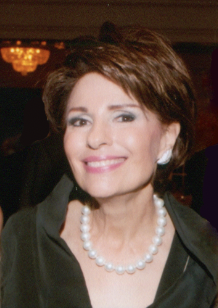Intuitively, we all sense that, as the poet William Congreve says in The Mourning Bride: “Music hath charms to soothe the savage breast, to soften rocks, or bend a knotted oak.”
Perhaps if those of us reading this blog post had used music to help us relax as students, we would have developed better memories and known that the correct quote was “savage breast” NOT “savage beast,” as most of us seem to remember it. But whether we know the quote or not, most of us feel confident of the quote’s message: music can move us emotionally.
Music and memory
Now science has been able to confirm those intuitions. Music can certainly exert therapeutic, healing powers on the human body. In addition, certain kinds of music can also aid in optimizing learning.
Learning with music can expand your capacity to remember material. When students learn information with a song – they are able to recall it better. Take the alphabet song, for example, that most schoolchildren learn to memorize their ABC’s. Once you’ve heard it, it is almost impossible to forget. Some adults still find themselves singing it to themselves when they need to alphabetize lists or look up a word in the dictionary. Similarly, there are many people (you do not have to divulge your names) who hum Jiminy Cricket’s catchy little tune when asked to spell E-N-C-Y-C-L-O-P-E-D-I-A.)
If you have older children (or you think back to your own teen years), you probably have noticed that it is easy to remember the words to dozens of favorite songs. Why? When material is accompanied by music, suddenly we behave as if we are memory whizzes.
A bridge between the right brain and the left brain
How does music allow us to improve our memory? Music is a bridge between the right and the left brain. Research on stroke victims, shows that songs can connect the two brain hemispheres. The right hemisphere learns the melody while the left learns the words. Stroke patients who lose the ability to talk can still learn to speak if phrases are set to music.
Since music is processed by the right brain and language by the left, both hemispheres are activated when you hear lessons with music playing in the background. That means you are using a larger share of the brain – and more modes of thinking — than you otherwise would without music. That enhances your ability to acquire new information.
If you stop and think, you’ll see that we already use music deliberately to achieve certain goals. There is music in shopping malls and grocery stores to make people happy and buy more. The music in doctors’ and dentists’ offices is usually selected to help people calm down. The music in gyms is often fast-paced and intense, helping to encourage members to work out harder.
So it should not be surprising that music can also be used to help us learn. But what kind of music is best for learning? We will discuss that in my next blog post.


